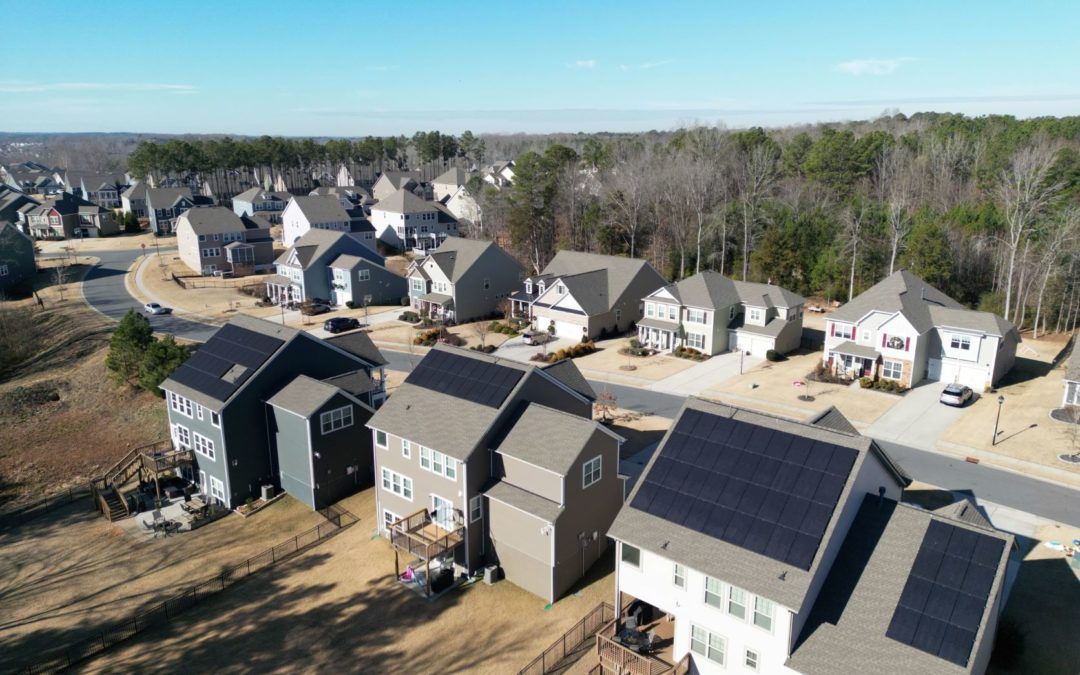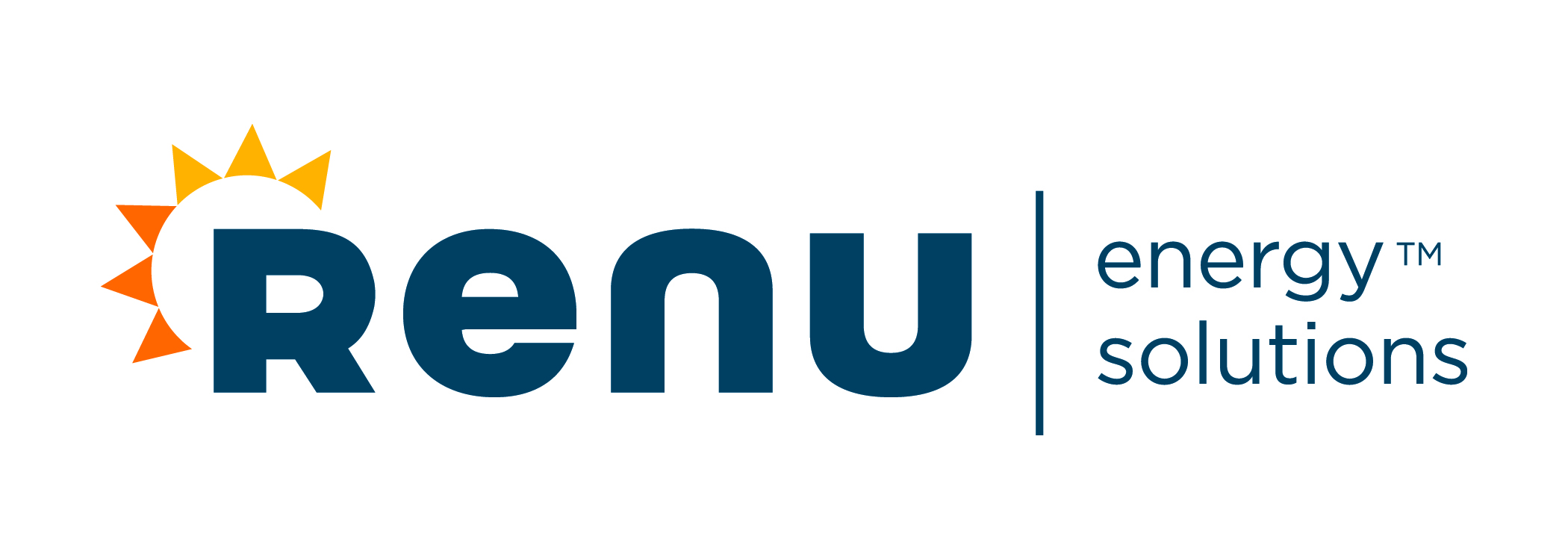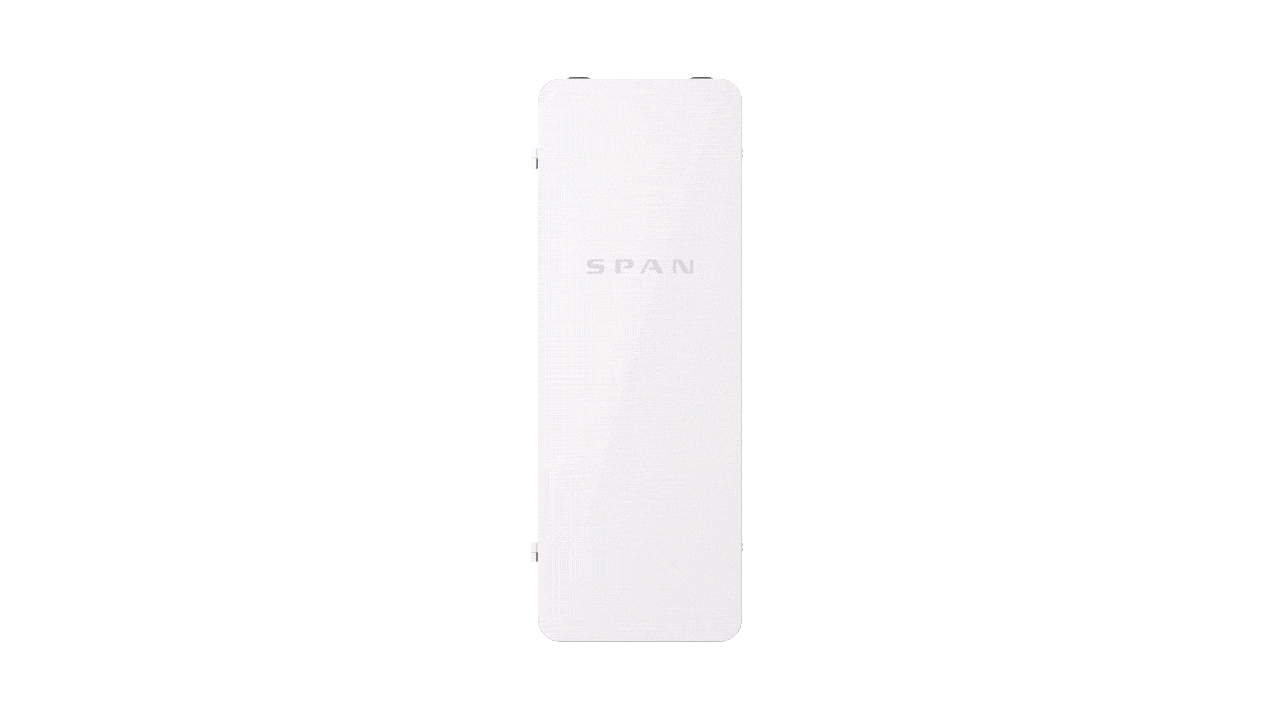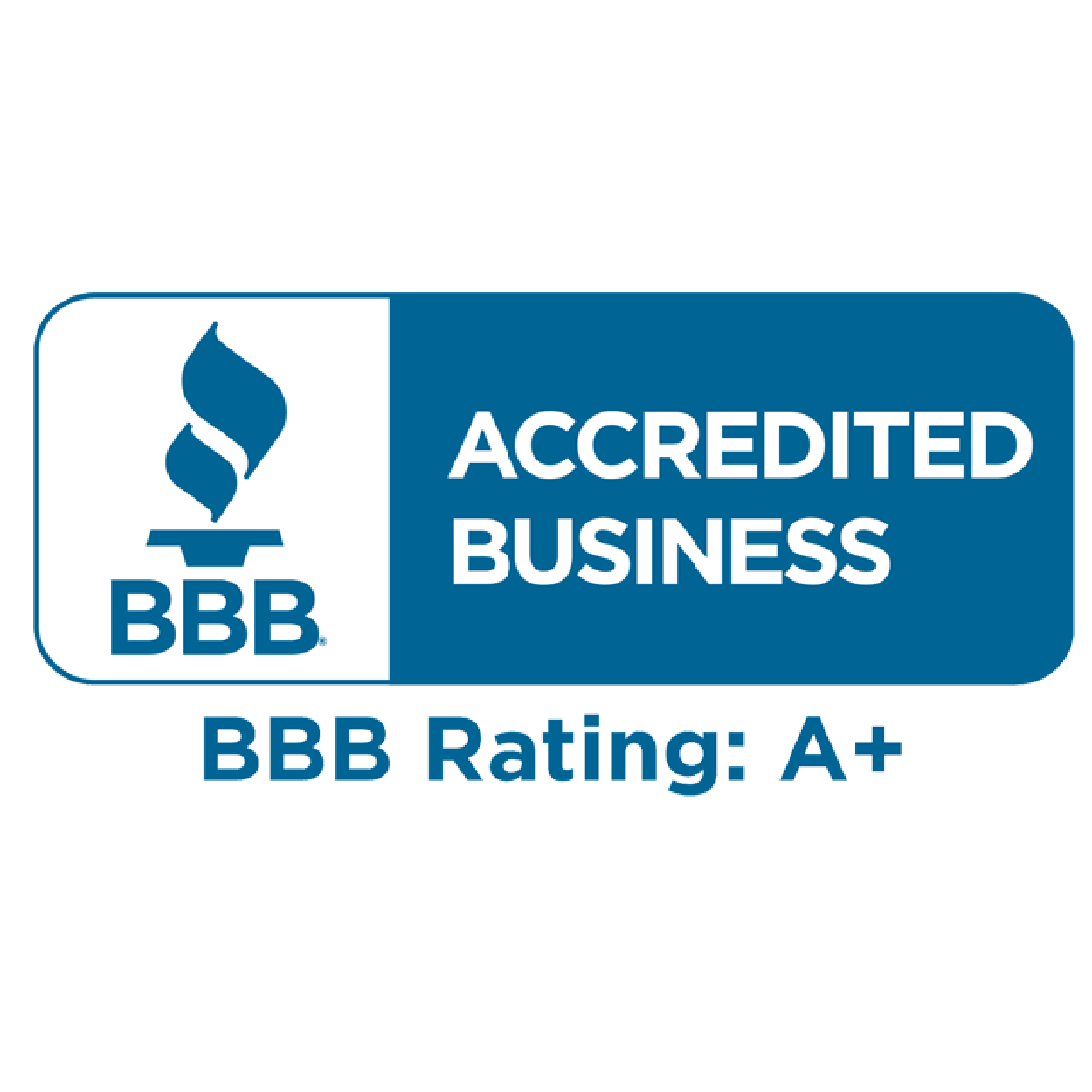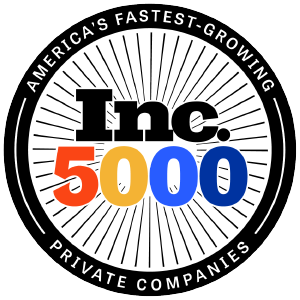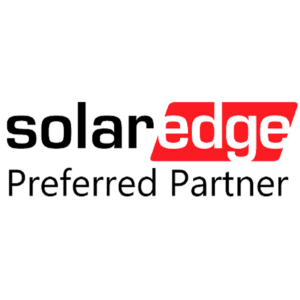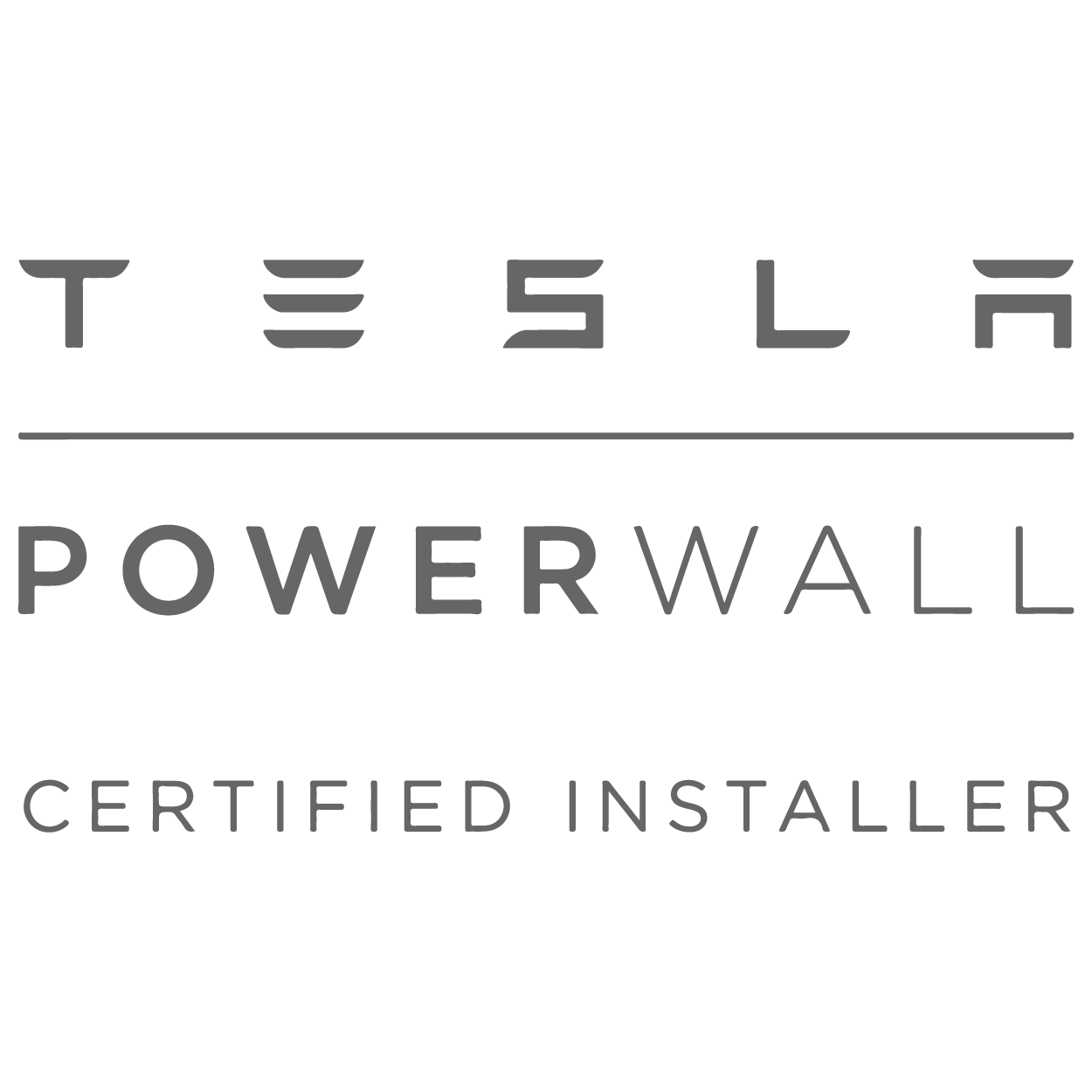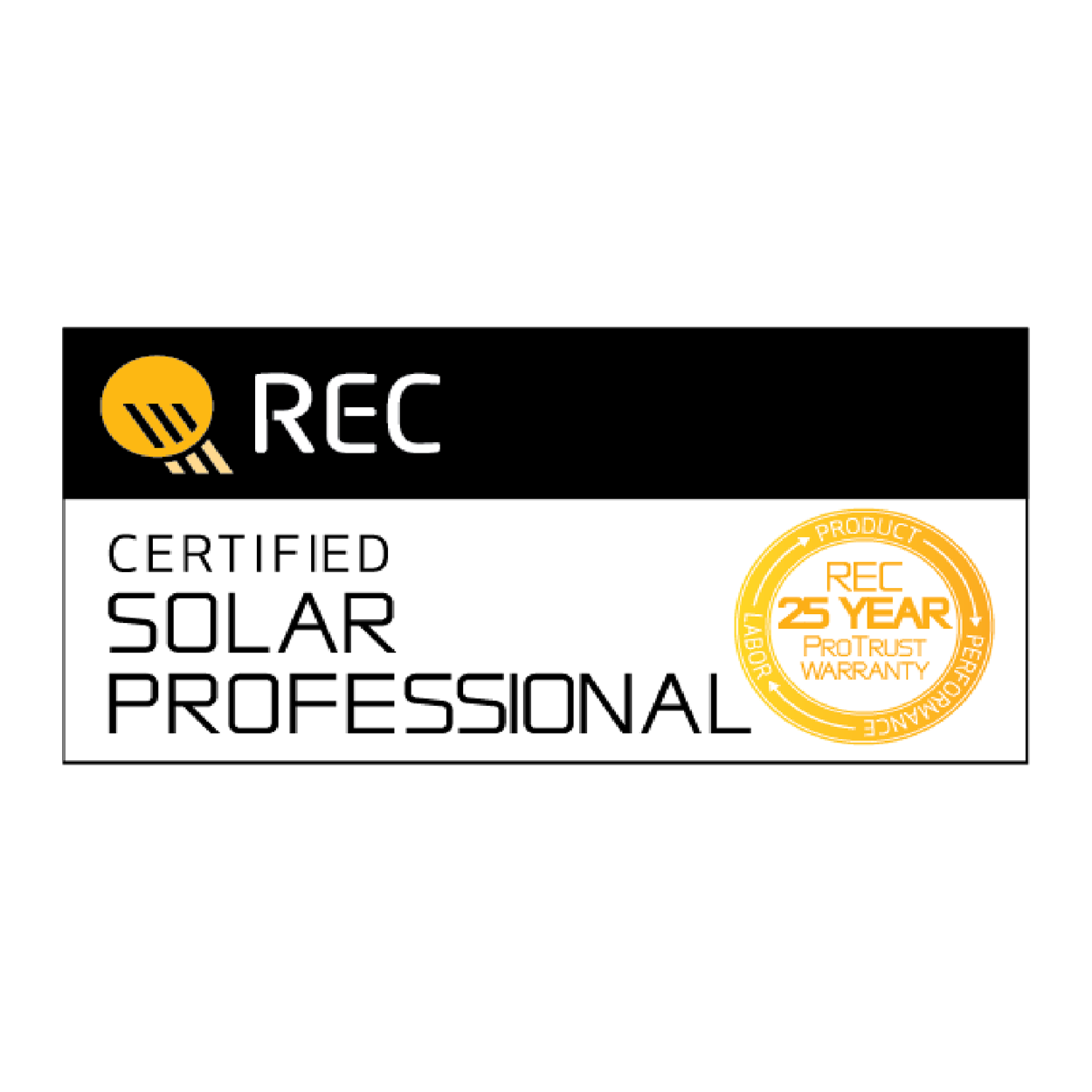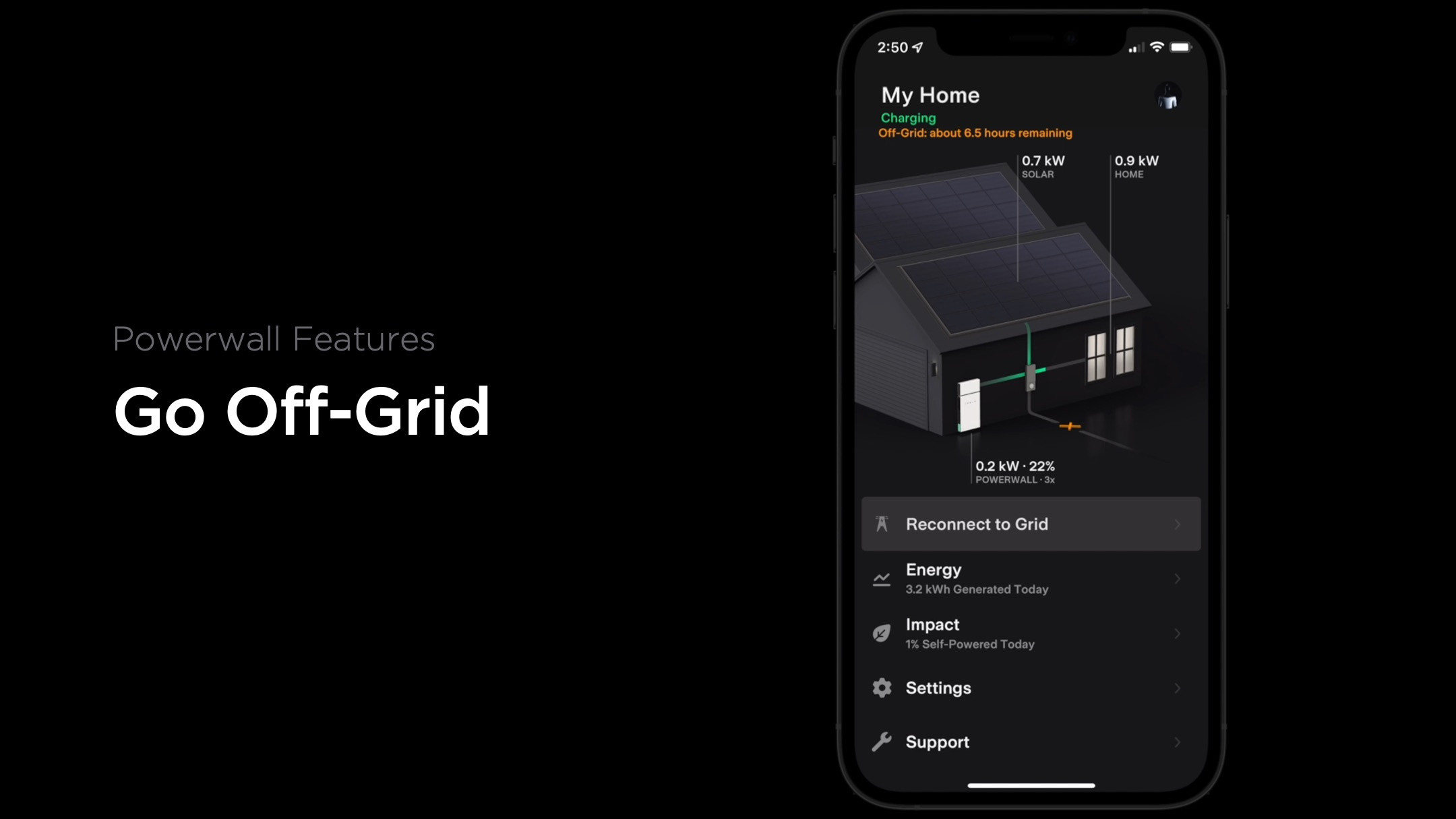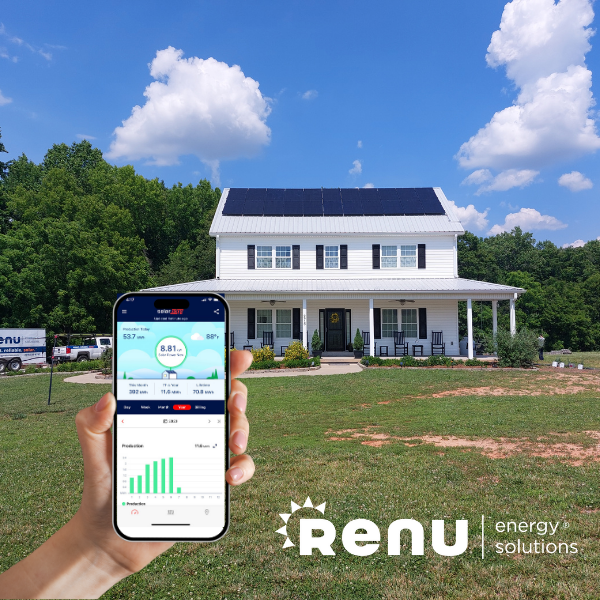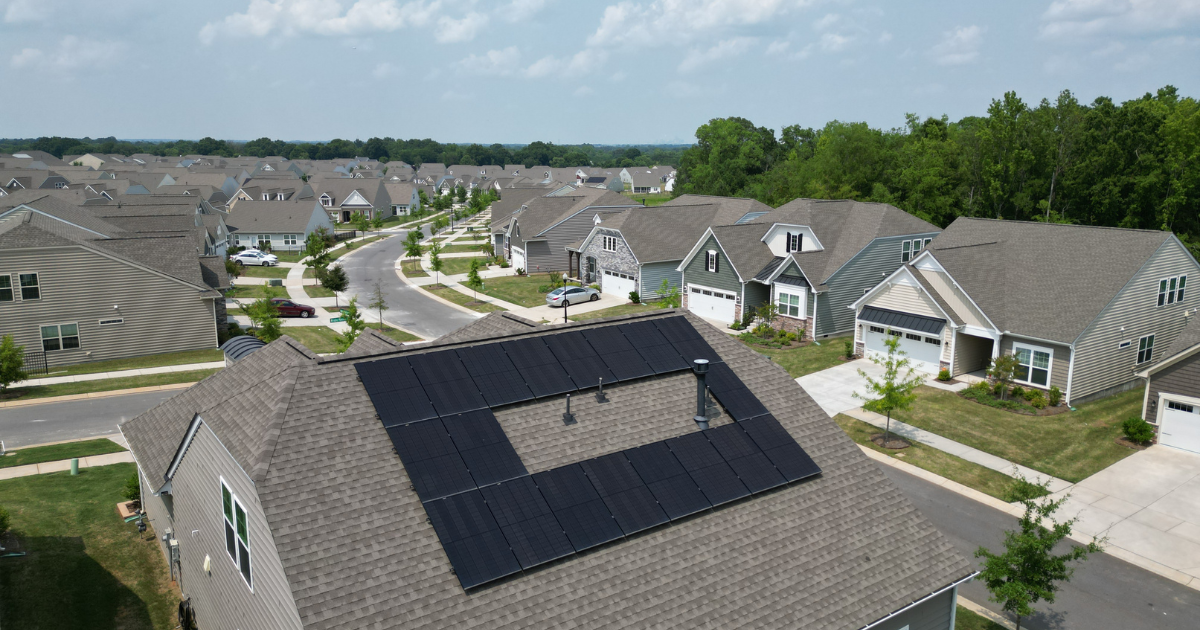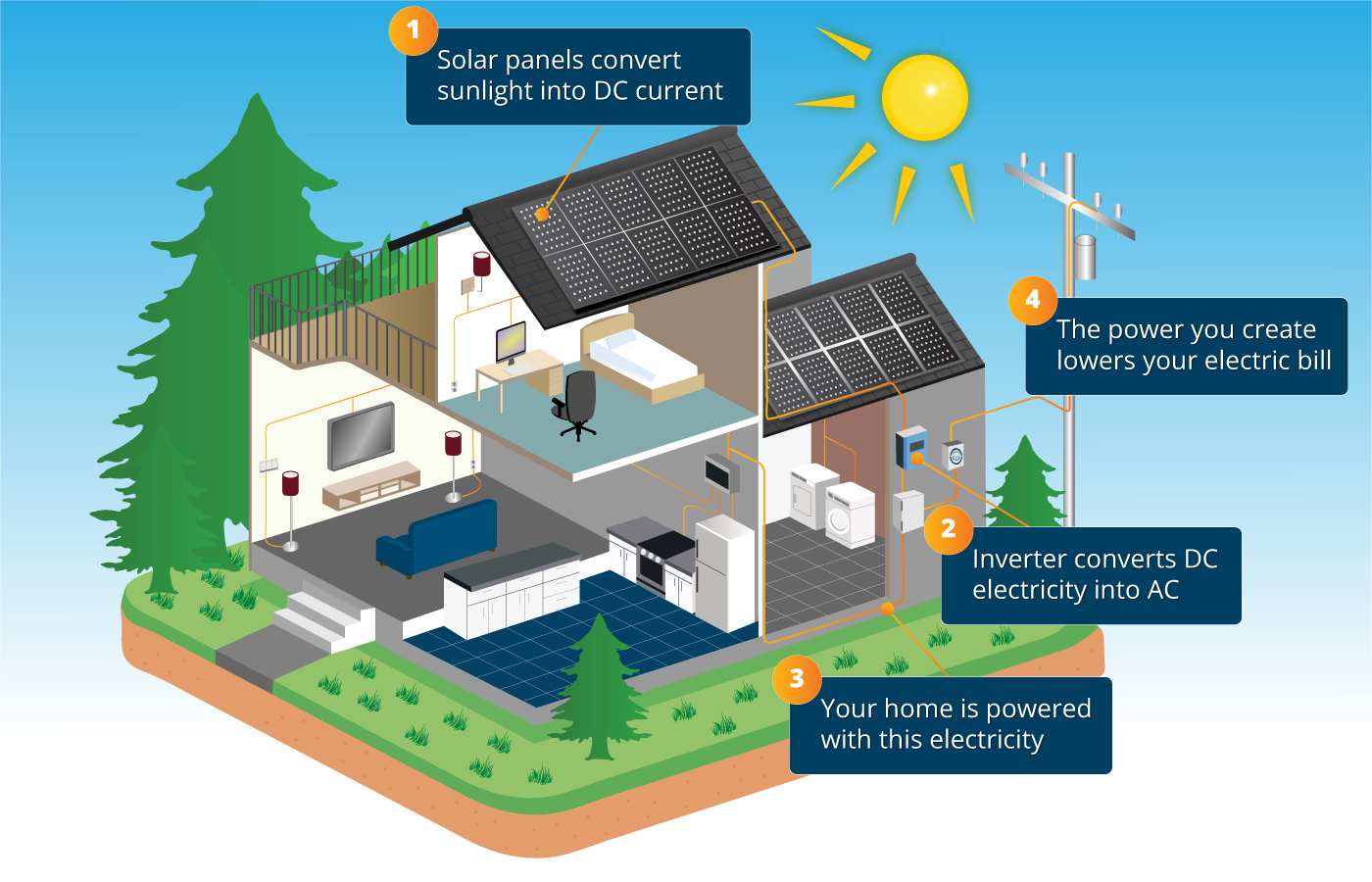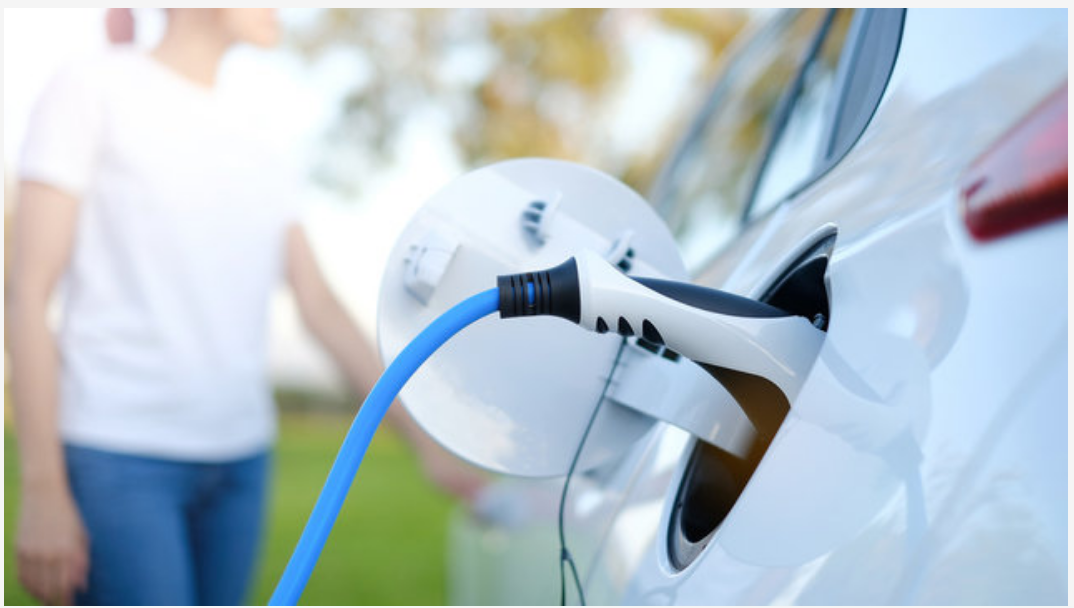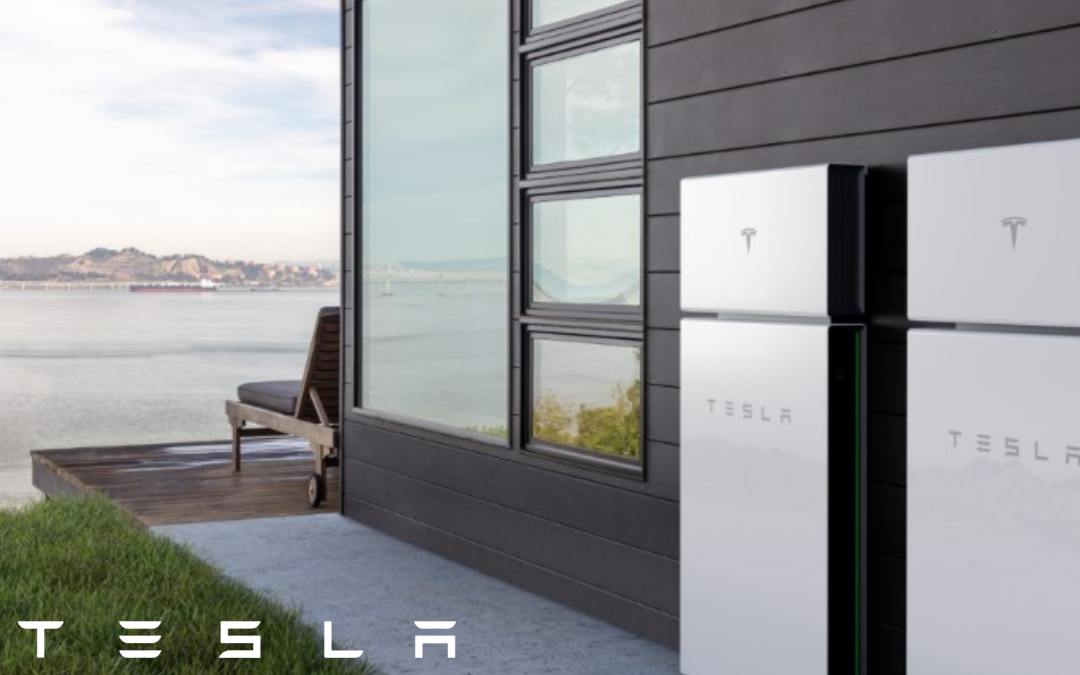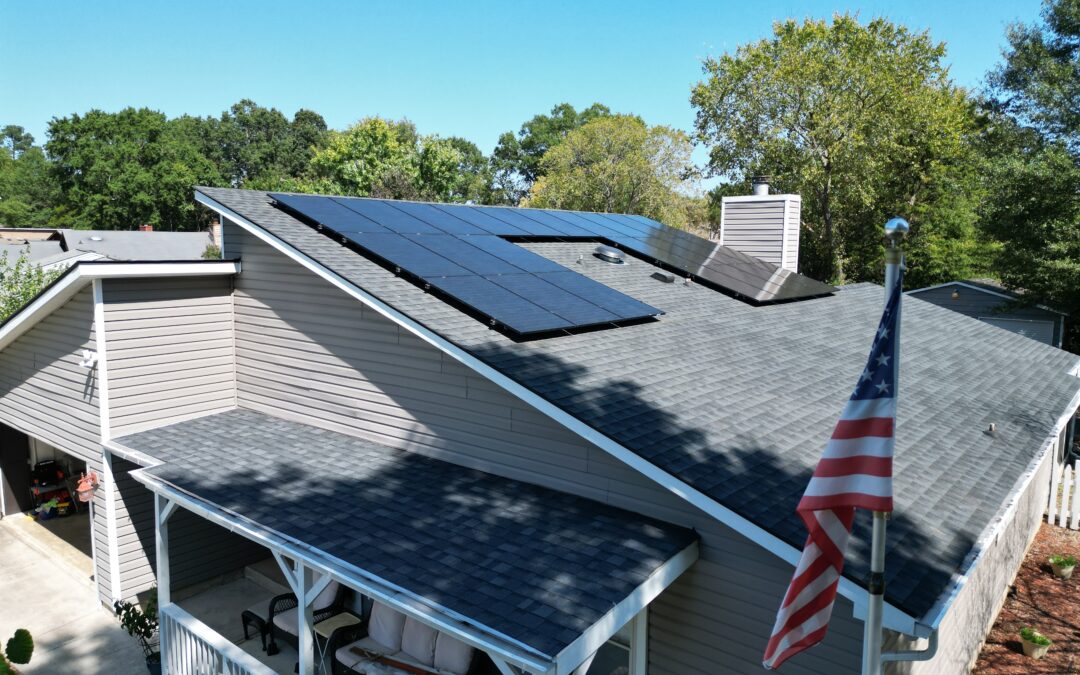
What Duke Energy’s Changes Mean For Older Solar Systems
Overview
Back in March 2023, Duke Energy North Carolina approved changes in their net metering policy that came into full effect on October 1, 2023. Now that the day has come, new solar energy customers will receive with time-of-use rates rather than the 1:1 net metering rate that was previously in place. We know what these changes mean for new customers, but let’s dive into what Duke Energy’s changes mean for older solar systems.
Impact For Older Systems
Customers who previously invested in solar energy for the home are included in the 1:1 legacy net metering program. With 1:1 net metering, customers receive an equal credit for each kWh (kilowatt-hour) that is sent back to the grid. For example, a customer who needs to pay $150 worth of energy costs can use $100 worth of their credits that they earned so they only have to pay $50 out of pocket for that month. These credits can only be applied to customers’ Duke Energy bills. Legacy net metering will allow customers to roll over credits month to month for 1 calendar year at a time until 2027.
In total, the legacy net metering program will be in place for older customers for 15 years since the date of their installation. Once the 15 years pass, customers will transition into a modified “Bridge Rate” net metering program. This net metering program will still give customers a 1:1 rate for the energy sent back to the grid, but credits can not be rolled over into future months like before.
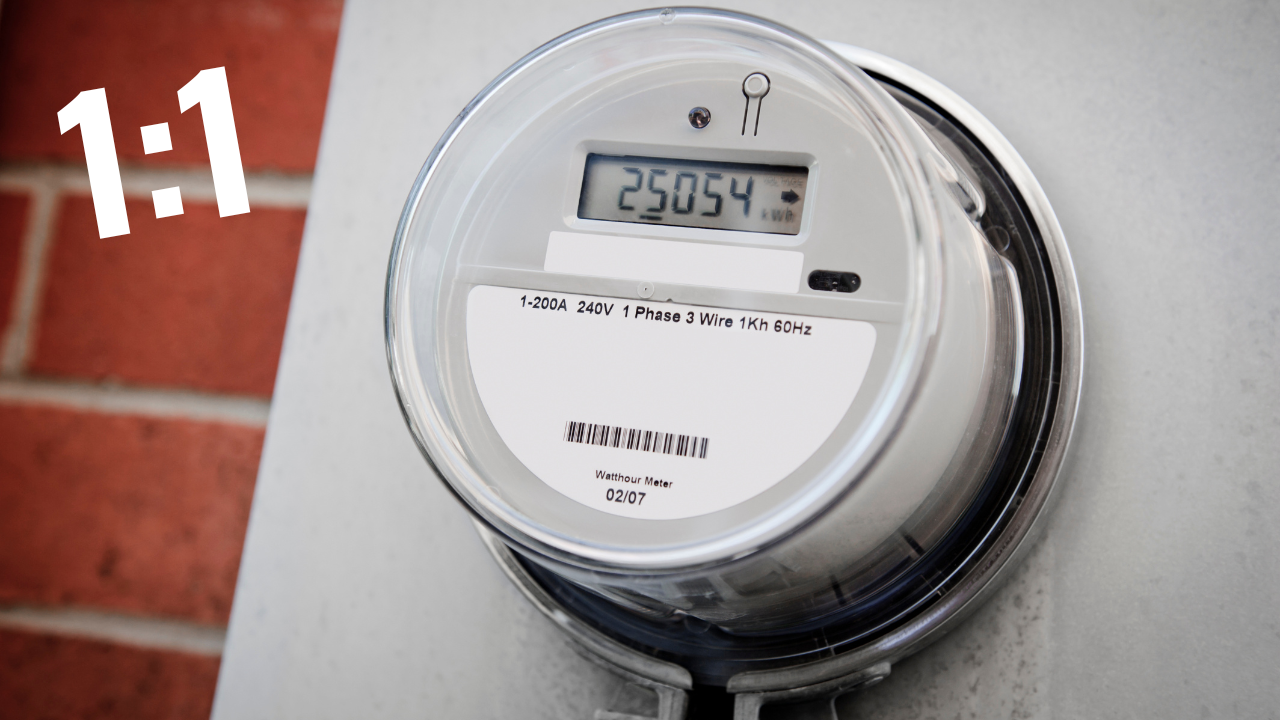
Conclusion
Homeowners who invested in solar energy before October 1st, 2023 are locked in to a very attractive net metering program for solar. With 1:1 net metering, customers aren’t being charged a premium for energy being used at peak hours like time-of-use customers will face. These customers can have comfort knowing that they are getting the most savings out of their systems.

